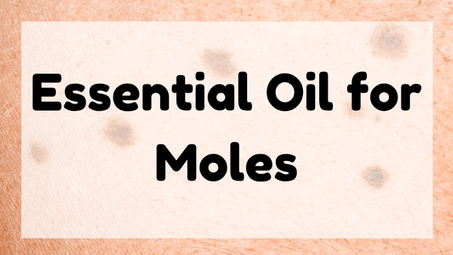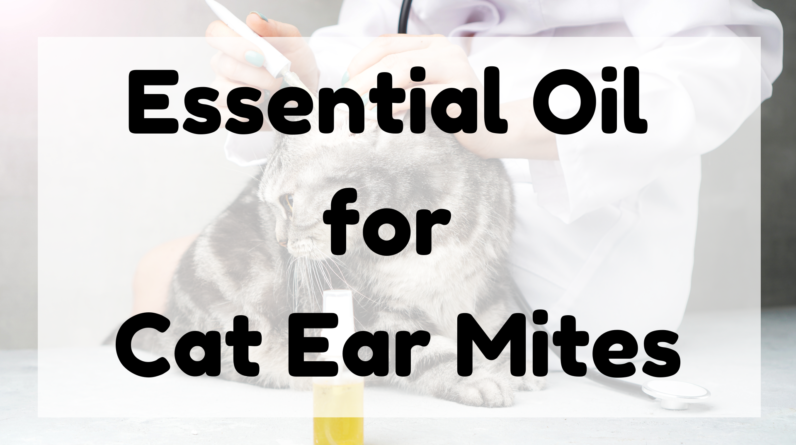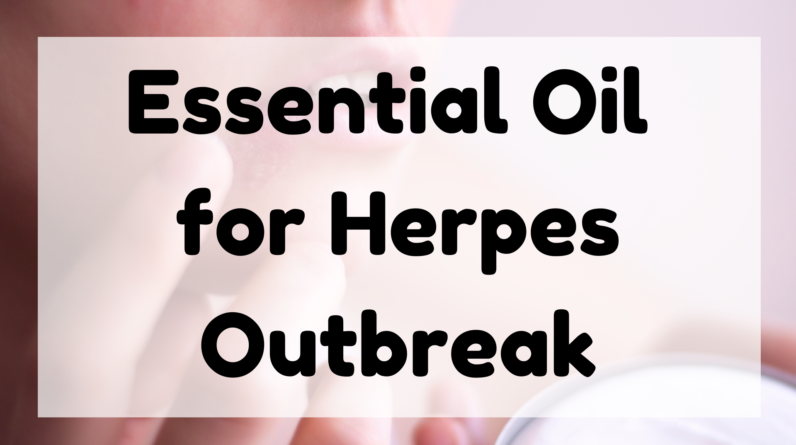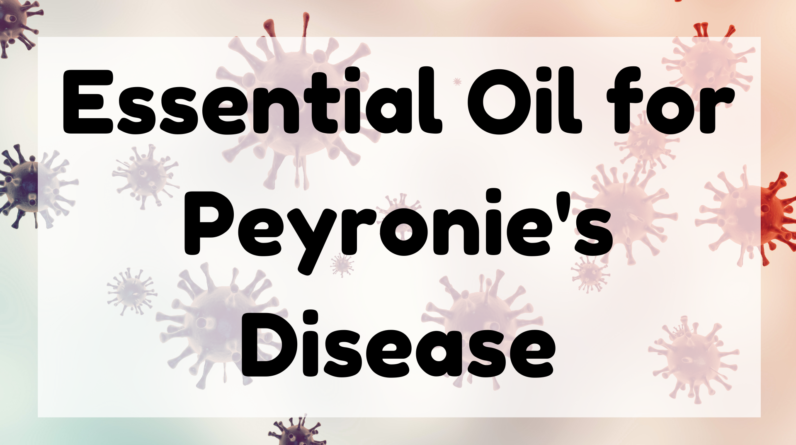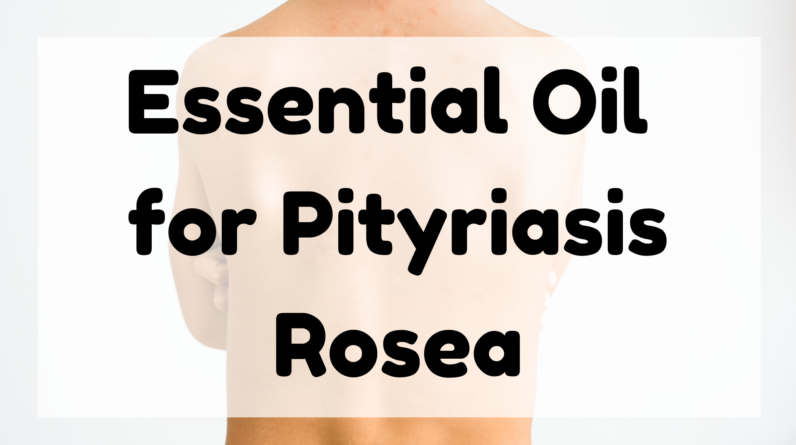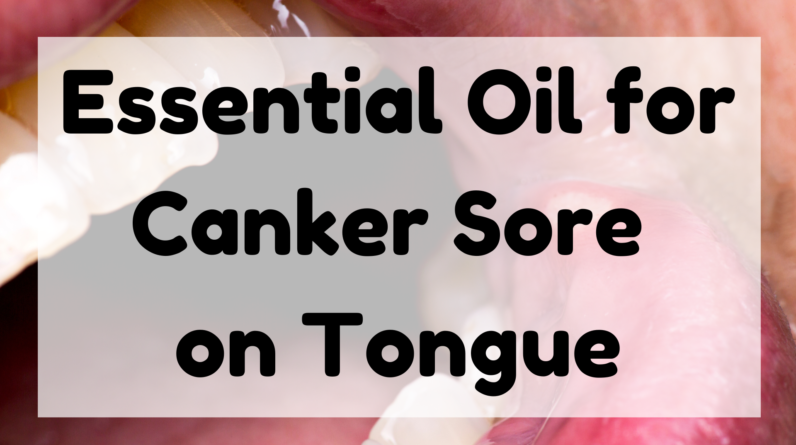Jump Ahead to:
Essential Oil For Moles
If you want to use Essential Oil for Moles, you have come to the right place.
This article will cover What Are Essential Oils, Their Properties, and Why They Are Good For Moles.
You will also learn about the Cause of Moles and how to choose the Best Essential Oil for Moles.
After reading the article, you’ll be armed to fight off moles with essential oil.
Here’s how:
What are Essential Oils
The question of What are Essential Oils for moles may seem like an odd one.
Although most moles are harmless, there are some that can become cancerous.
Whether or not an essential oil is appropriate depends on the location and the type of mole.
Because essential oils are extremely potent, they should be diluted before being applied to the skin.
Applying them directly to the mole may result in burning and irritation and could result in scarring.
Herbal remedies contain phenolic compounds, which kill off melanocytes.
Thymol is particularly potent and should be applied at low concentrations to minimize the risk of toxicity.
It is also useful for treating the symptoms associated with moles.
However, be sure to consult your health care provider before using essential oils.
In addition to these remedies, you may want to try the following.
Another essential oil that is commonly used to treat moles is frankincense.
This oil contains antimicrobial and astringent properties.
You can use frankincense oil on warts or moles using a cotton ball.
The oil will help to dry the affected area.
If you’re concerned about scarring, try using frankincense oil on the mole instead.
This blend can be mixed with a small amount of flaxseed oil and applied to the mole.
The treatment takes about 15 minutes and requires a band-aid to protect the area.
It’s recommended to apply it to the mole twice a day.
You may also want to try roman chamomile essential oil diluted in coconut or almond oil.
The blend will help to reduce the burning sensation associated with moles.
Clove oil is also effective in treating moles.
It contains antifungal, antiseptic, and anesthetic properties.
However, it is potent and must be used in diluted form, so it’s best to use a carrier oil.
Avoid using it on pregnant women, infants, and children.
Once dried, the mole will fall off and the remnants will heal quickly.
However, if the mole remains, it’s likely to change again in a few weeks.
If you have any doubts, you should see your doctor immediately.
Properties of Essential Oils

Essential oils for moles are often used to treat them.
Most moles are benign, but some may contain cancerous cells.
To be safe, always have your moles checked by a medical professional.
Listed below are some of the most popular essential oils for moles.
Read on to learn more about their benefits and how they can help treat moles.
It is rich in phenolic compounds, anti-inflammatory, and anti-parasitic properties.
It also has antioxidant and antiviral properties, making it a good choice for mole treatment.
Lavender: Another essential oil that can reduce the appearance of moles is lavender.
Lavender limits melanogenesis and prevents oxidative stress.
It also restores glutathione peroxidase, the body’s melanin controlling enzyme.
It also repels harmful insects.
Aside from moles, other pests that are attracted to the aroma of the lavender essential oil include raccoons, voles, and skunks.
It reduces stress, relaxes the body, and regenerates the skin.
It also reduces inflammation and soothes the skin.
In addition, to rose, essential oil, oregano essential oil is also good for mole removal and has a wide variety of uses.
Aside from reducing inflammation, oregano also helps with respiratory issues.
Frankincense: Combined with lemon juice, Frankincense is an excellent natural remedy for moles.
Applying the flaxseed mixture to moles 2-3 times daily will help the healing process and make the mole fall off.
Flaxseed contains EFAs (Estereosinol, or eosin), which function as barriers between the skin’s membranes and other substances.
Flaxseed is a great alternative to abrasive treatment.
Besides its effectiveness against moles, flaxseed can also treat acne.
Cause of Moles
Skin moles are normally harmless and noncancerous.
However, if you notice that the size, shape, or color changes, you should see a doctor rule out skin cancer.
Melanoma, the deadliest form of skin cancer, has a high mortality rate.
While basal and squamous cell carcinomas are harmless, melanoma is extremely aggressive and can quickly spread throughout the body.
The exact cause of moles is unknown, but they are typically caused by genetics and excessive exposure to sunlight.
While the American Academy of Dermatology estimates that the majority of people will develop moles in their lifetime, other factors may also be involved.
Moles tend to start appearing during the teenage years and change in color as you get older.
During adolescence, new moles often appear, and they can occur anywhere on the body, including the eyes, lips, and genitals.
Common moles are small, dark areas of skin that develop during childhood or adolescence.
Although they rarely become cancerous, they do increase the risk of melanoma.
There are two main types of acquired moles: congenital nevi and atypical nevi.
Congenital nevi are the most common types of moles, and they appear in children.
Large moles do not usually develop cancer, but larger ones are a warning sign.
Fortunately, most people’s moles are harmless.
But, they are worth mentioning that too much exposure to sunlight or tanning can lead to an overabundance of moles.
Sun exposure and excessive sunlight can also lead to cancer.
Ultimately, the best way to determine the cause of moles is to visit a dermatologist if you notice any changes in the appearance of your moles.
In addition to spotting cancerous moles, you may also need to visit a dermatologist if you suspect that the moles are cancerous.
There are many reasons why you may develop moles on your skin, including genetics and exposure to the sun.
You can prevent moles by ensuring that you protect yourself from the factors that cause them.
A dermatologist can provide a proper diagnosis and treatment for your moles.
In most cases, moles can be easily removed.
However, in some cases, moles can cause problems, so you may want to get them removed before they grow too big.
Best Essential Oil for Moles
Despite widespread skepticism, essential oils have been known to effectively remove moles.
When applied topically to moles, they will fall off in a few days and the remnants will heal quickly.
However, you must take certain precautions when using essential oils for mole removal.
The research to date is largely anecdotal, so you should always consult with a medical professional before using essential oils on your moles.
Frankincense can be applied directly to moles.
Before applying to eyelids, dilute the essential oil.
Another way to use Frankincense is to tie a thread around the mole, then cut it off with scissors.
Frankincense can be applied daily as needed. If you don’t want to use essential oils on your eyes, you can try using olive oil.
Another common essential oil for mole removal is tea tree oil.
It has potent antibacterial, antifungal, and antiviral properties.
Many natural healers have used tea tree oil to treat acne, athlete’s foot, and fungal skin conditions.
Additionally, tea tree oil has immune-boosting and purifying properties.
It is especially effective for moles.
The only downside is that it may take weeks before it falls off.
The tea tree oil for mole removal has no scientific studies to back it up, but many people use it for mole removal for the same reason.
It dries out moles and warts and works very well on moles with shallow roots.
The time to cure the issue will depend on the size and type of mole.
Another essential oil for mole removal is thyme.
It is applied topically to moles, preferably on the mole itself.
You can use a Q-tip to apply the paste, and leave it on for 10 minutes to two hours.
Once it dries, you can clean off the affected area with cotton wool soaked in olive oil.
Remember to dab the oil onto the mole instead of wiping it away.
Avoid wiping as this could cause inflammation and redness.
NEXT Essential Oil for Face Toner
Legal and Medical Disclaimer
Information provided on the site is for educational purposes only, and does not substitute for professional medical advice.
You MUST consult a medical professional or healthcare provider if seeking medical advice, diagnoses, or treatment.
We do not provide any medical advise.


